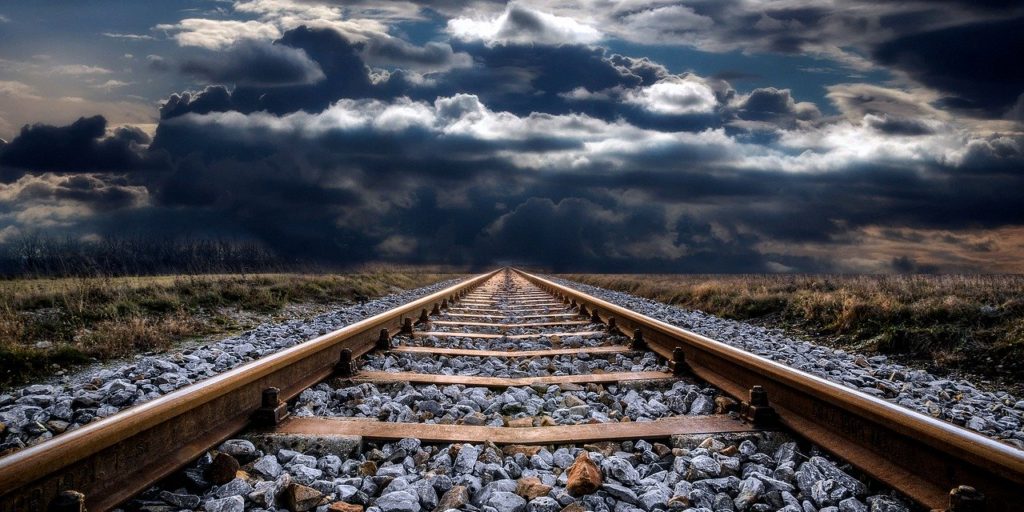- Rail blockade illustrates the ambiguity of legal rights - March 4, 2020
- ‘Colonial policing’ in Indigenous communities a complex issue: Grey - February 3, 2020
- Supreme Court of Canada decision is a call to action for the Crown: Grey - January 15, 2020
By LegalMatters Staff • The recent Indigenous-led rail disruption across Canada is a prime example of the need to understand the difference between positive and negative rights, says Alberta Indigenous rights litigator Leighton Grey.
Grey, a senior partner with Grey Wowk Spencer LLP, says while the Supreme Court confirmed First Nations’ authority over their land in a 1997 landmark decision, context is important when it comes to determining entitlement to those rights.
“This is how rights work. They are not absolute. It’s quite proper constitutionally to place limits on them,” he tells LegalMattersCanada.ca. “If you think about it, we don’t really have a right to life. We have a right not to be killed. We don’t have a right to own property, we have a right not to have our property stolen.”
Positive vs. negative
Grey points to legal philosopher Hans Kelsen who expounded on the difference between positive and negative rights.
“People talk about a constitutional right or a legal right in terms of a positive right to do something but Kelsen said legal rights don’t work that way. All of our legal rights are actually negative rights,” he says. “They’re negatives in that they are really guarantees to prevent the infringement of rights. In other words, someone is prevented from interfering with my rights.
“The problem with positive rights, and here you see an expression of it, when a positive right is asserted it really ignores all competing interests.”
In Delgamuukw v. British Columbia, Chief Justice Antonio Lamer ruled Aboriginal title “encompasses the right to exclusive use and occupation of the land,” CBC reports.
Rights to the land
The court confirmed that title entails rights to the land, not just the right to extract resources and ruled that the government has a duty to consult with First Nations on issues concerning Crown land and, in some cases, may have to provide compensation for infringing on their rights.
Grey, who was not involved in the case and comments generally, says the decision comes with provisos.
“When you bring this back to what Chief Justice Lamer said, this Aboriginal title is a right to the land, but it’s not an absolute right. It’s not a positive right in the sense that he recognized that these rights could be infringed or limited for the development of agriculture, forestry, mining, general economic development in the interior of British Columbia,” he says. “I don’t think Indigenous rights groups understand the limitations of the rights in this sense and I think these rights are being used as a vehicle for something else.”
Grey explains that some believe the cause of the First Nations is being appropriated for reasons other than land rights.
“There is evidence that some of these Indigenous groups are being funded by lobby groups that have an interest in disrupting the Canadian economy,” he says. “The best evidence for this is when you look at the overwhelming majority of Indigenous groups who not only benefit directly from development of industry of all types but support this kind of development. They are not in favour of blocking railways.”
Grey notes that most developed Indigenous communities “that have the best services, the best standard of life, the best jobs, the best education, the best access to health care are always communities that align with some kind of industry whether it’s mining, forestry or whatever.”
Hot-button topic
The rail disruptions are a hot-button topic in Alberta, he says.
“It’s politically charged,” Grey says. “It almost looks in some cases that Indigenous groups are being used as a front for what is really an economic protest aimed at disrupting, in Alberta’s case, the energy industry, which is very dependent on rail. The disruption of rail is a very specific, carefully targeted mode of transportation. I think it’s been targeted for that reason.”
Grey says when it comes to protests, courts “have the ability to put a legal limit on the expression of these freedoms.”
“That doesn’t necessarily mean these protests are going to be illegal,” he says. “What the court might say is that this particular form of protest is prohibited and that prohibition would be reasonable. What the court would be doing is balancing individual protected rights versus the greater good.
“There may be times when it is appropriate to place limits upon them and I think what many people are arguing is interference with moving essential goods across Canada is disrupting the economy” Grey adds. “It’s placing lives in jeopardy, for example not getting medical supplies. Some places can’t get water or food. People are losing their jobs because of this.”

